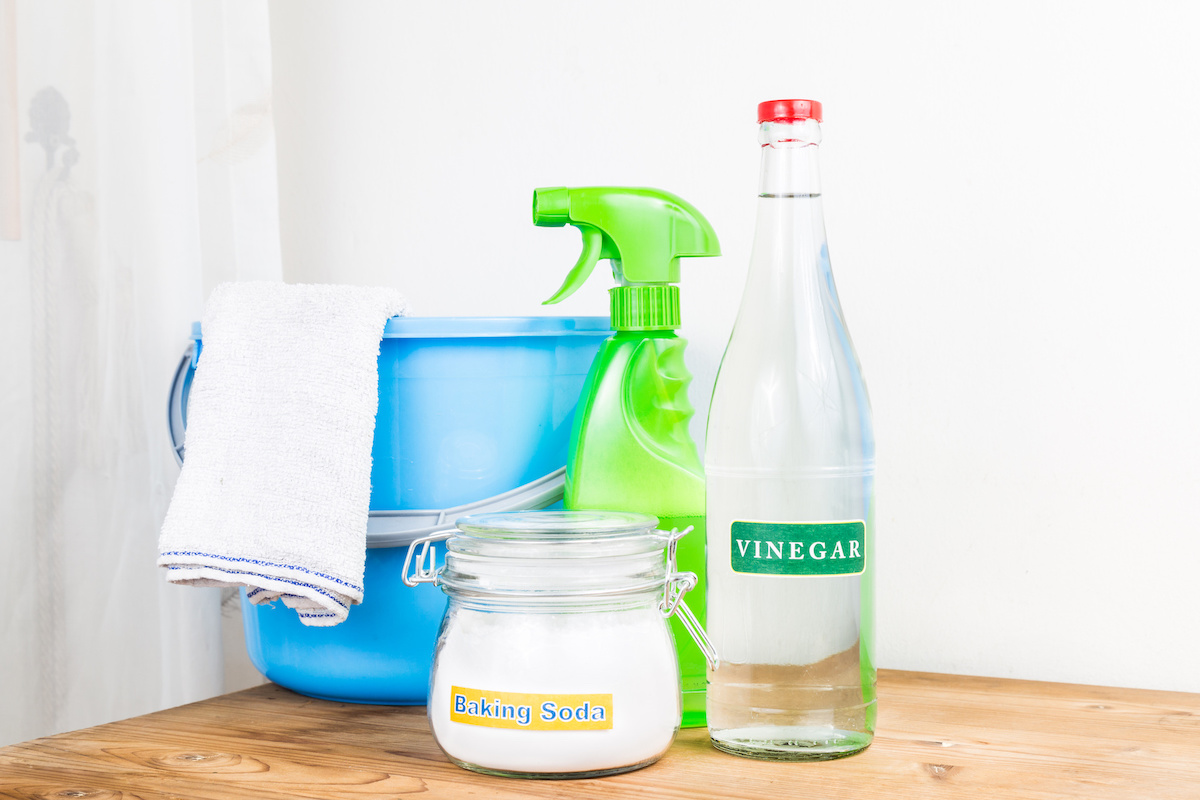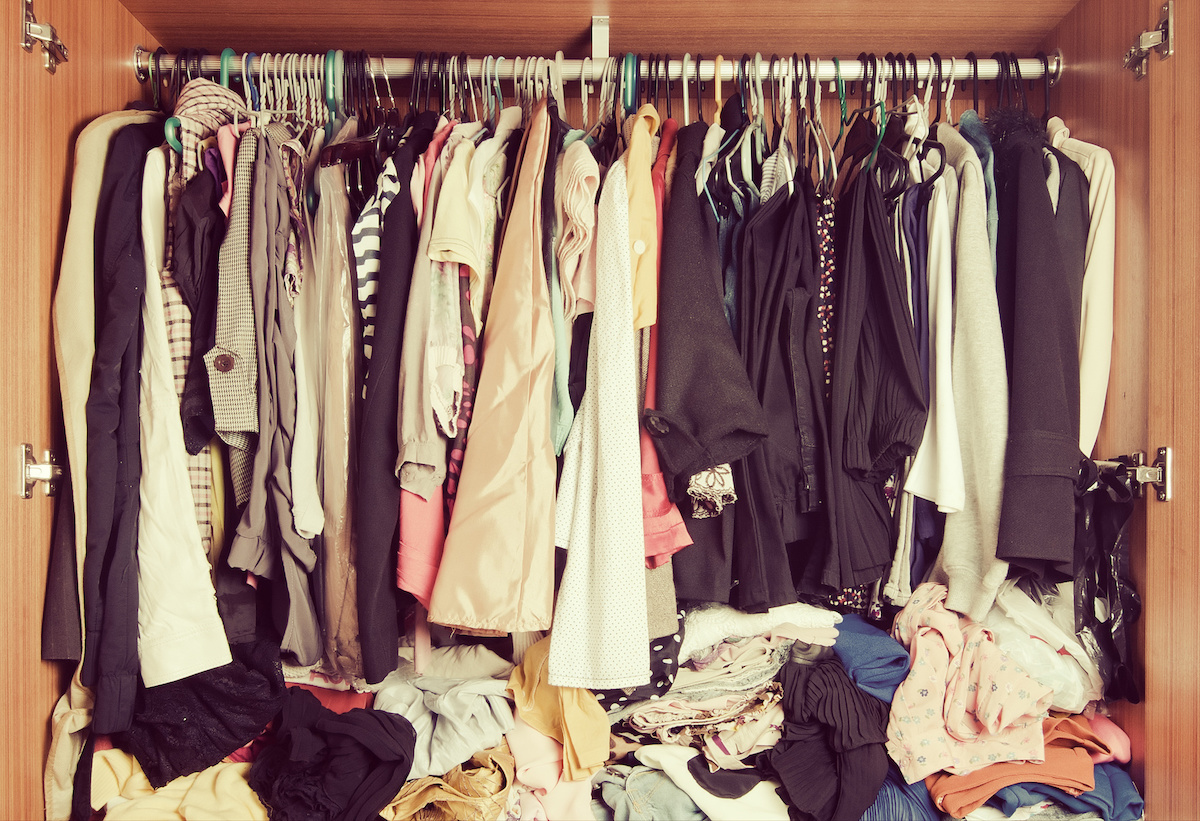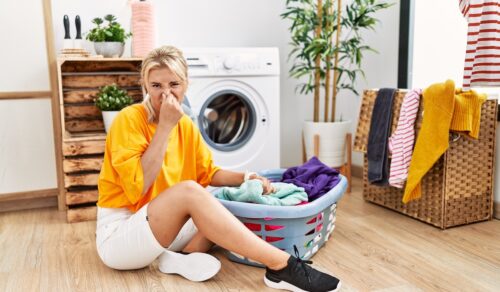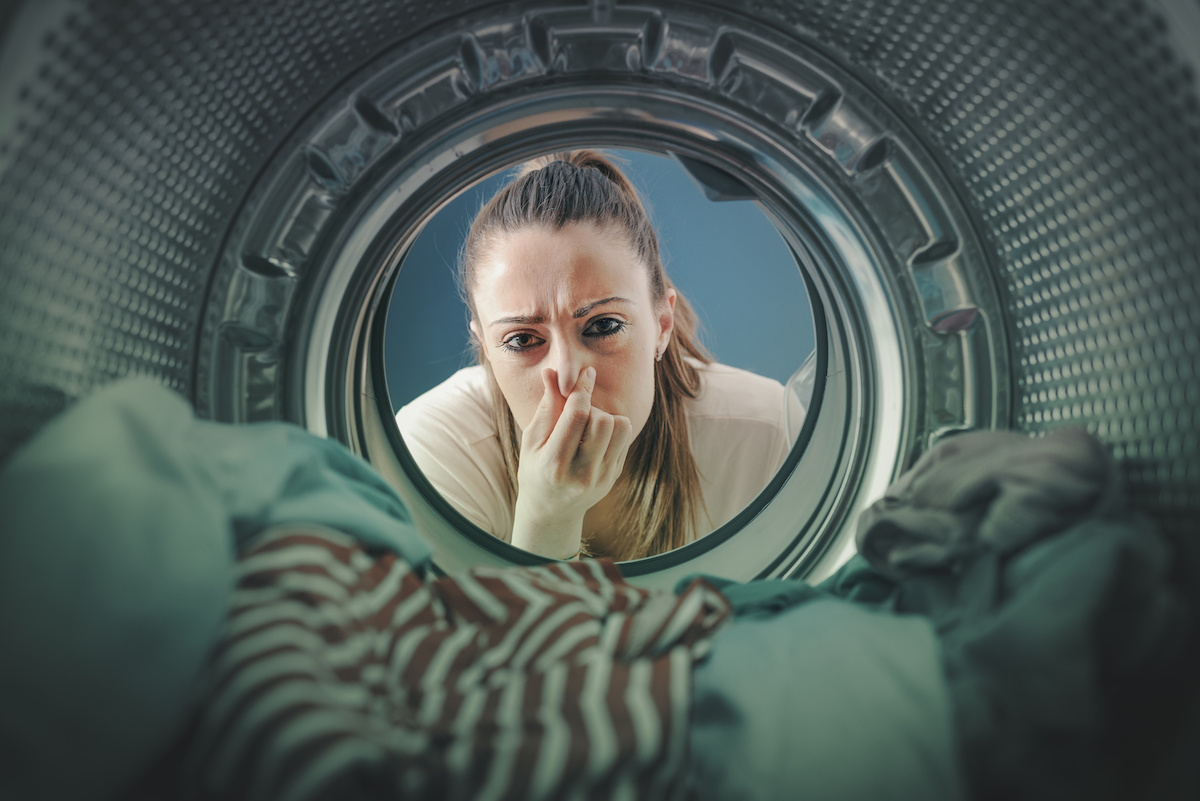How to Remove Mold From Clothes
Mold on clothes is more than a laundry nuisance—it’s a warning sign of excess moisture and possible contamination in your home. Mold spores thrive in damp, dark environments, and once they latch onto fabrics, they can cause stains, odors, and potential health issues. Whether your clothes were left wet for too long or exposed to a humid environment, acting quickly is key.
For residents of Washington DC and nearby areas like Arlington, Silver Spring, and Bethesda, mold on clothing is a common problem, especially during humid summers or after basement flooding. This guide from Purofirst of Metropolitan Washington explains how to remove mold from clothes effectively, prevent future growth, and recognize when professional help is needed.
Why Mold Grows on Clothes
Mold spores are naturally present in the air, but they only grow when conditions are right—moisture, warmth, and poor airflow. In Washington DC, where humidity often exceeds 70% during summer months, clothes left in closets, basements, or washers can quickly become moldy. According to the Centers for Disease Control and Prevention (CDC), prolonged exposure to mold can lead to allergic reactions, skin irritation, and respiratory discomfort.
Clothing made from natural fibers like cotton, linen, and wool is especially vulnerable because these materials absorb moisture easily. If you store damp clothes, towels, or workout gear without fully drying them, mold can start forming within 24 to 48 hours.
Step-by-Step: How to Remove Mold From Clothes
If you’ve discovered mold on your clothes, don’t panic. Follow these proven steps to eliminate both visible stains and lingering odors.
1. Check the Fabric Type and Labels
Before using any cleaning solution, look at the care label. Some fabrics can handle bleach or hot water, while others—like silk or wool—require gentler methods. Using the wrong cleaning agent could damage your garments or set the mold stains permanently.
2. Brush Off Visible Mold Outdoors
Take the moldy clothing outside and gently brush off any loose spores using a soft brush or cloth. Doing this outdoors prevents spores from spreading inside your home. Avoid shaking the fabric, as that can release spores into the air.
3. Pre-Soak in a Vinegar or Baking Soda Solution
White vinegar is a natural and effective way to remove mold from clothes. Mix one part vinegar with one part water and soak the garments for about 30 minutes before washing. Alternatively, baking soda can neutralize musty odors and loosen stains. Add half a cup of baking soda to the soaking water for extra deodorizing power.
4. Wash With Hot Water and Detergent
Hot water is one of the best defenses against mold. Set your washing machine to the hottest temperature safe for the fabric and use regular laundry detergent. If the clothing label allows, add a cup of white vinegar or a tablespoon of borax for enhanced mold removal.
If you’re cleaning delicate fabrics, use a mild detergent and rinse thoroughly to prevent residue buildup.
5. Use Bleach Carefully (For White or Color-Safe Fabrics)
Bleach can effectively kill mold spores, but it should only be used on fabrics labeled as bleach-safe. Add one cup of chlorine bleach to a full load of white laundry and run a complete cycle. Never mix bleach with vinegar or ammonia—this creates toxic fumes that are dangerous to inhale.
6. Dry in Direct Sunlight
Once washed, dry the clothes in full sunlight. Sunlight acts as a natural disinfectant and helps eliminate lingering spores and odors. For DC residents who don’t have access to outdoor drying space, use a dryer on the highest heat setting your clothes can handle.
 You may use disinfectant to kill off any remaining mold.
You may use disinfectant to kill off any remaining mold.
How to Get Rid of Mold Odor in Clothes and Closets
Even after washing, moldy smells can persist if spores remain trapped in fibers or the surrounding environment. That’s why it’s important to also clean the spaces where mold first appeared.
If you’ve been keeping clothes in a damp closet, empty it completely and clean the interior surfaces with a mixture of water and white vinegar. This neutralizes mold spores on wood or drywall. Leave the doors open for several hours to improve ventilation, or use a small fan to speed up drying.
For long-term prevention, consider using a dehumidifier in your closet or laundry room. The U.S. Department of Energy notes that maintaining indoor humidity between 30% and 50% can prevent mold growth and improve air quality.
 When wet clothes accumulate in your closet, it can be a breeding ground for mold.
When wet clothes accumulate in your closet, it can be a breeding ground for mold.
Preventing Mold Growth on Clothes
Prevention starts with controlling moisture. Wash and dry your clothes promptly after workouts or rainy days. Don’t leave wet laundry in the washer overnight, as this creates a perfect environment for mold growth.
After cleaning your clothes, make sure your washing machine itself isn’t harboring mold. Run an empty cycle with hot water and one cup of vinegar or bleach to sanitize it. Clean the rubber seal, detergent tray, and interior drum regularly.
Proper airflow is also crucial. Leave washer and dryer doors open after each use, and avoid overcrowding closets. If your basement or laundry area tends to feel damp, install a small dehumidifier or use moisture-absorbing products.
For Washington DC homeowners dealing with recurring humidity, routine inspections by a certified restoration company like Purofirst can help identify underlying causes before they lead to widespread damage.
When to Call a Professional for Mold Removal
If mold keeps reappearing on your clothes or you notice musty odors coming from walls, carpets, or HVAC systems, the issue may be more serious than it seems. Mold on fabrics can be a symptom of a larger moisture or air quality problem inside your home.
Purofirst of Metropolitan Washington specializes in professional mold remediation, serving residents throughout Washington DC, Arlington, and Northern Virginia. Our certified technicians inspect affected areas, locate hidden moisture sources, and use EPA-approved cleaning methods to eliminate mold at its root.
Professional intervention ensures that mold spores are fully contained and removed without cross-contamination. It’s especially important after water damage, flooding, or leaks—common causes of persistent mold in DC homes.
Contact Purofirst of Metropolitan Washington at 800-500-2399 for expert mold removal services and breathe easier knowing your home is clean and healthy again.
Frequently Asked Questions
How can I tell if the stains on my clothes are mold or mildew?
Mold stains tend to appear greenish-black or gray and often have a musty smell. Mildew is usually lighter in color, appearing white or powdery. Both require immediate cleaning, but mold is generally more persistent and harmful.
Can vinegar really kill mold on clothes?
Yes. White vinegar is acidic and effective at killing many types of mold. Soaking clothes in a vinegar solution before washing helps loosen spores and remove odors without damaging most fabrics.
What should I do if mold keeps coming back after washing?
Persistent mold indicates an ongoing moisture problem, such as a leak, poor ventilation, or mold contamination in your washing machine. Contact a professional remediation team like Purofirst to assess and eliminate the source.
Is it safe to use bleach on colored clothes?
Only if the care label says “color-safe bleach.” Standard chlorine bleach can discolor fabrics. For colored garments, use oxygen-based bleach or natural alternatives like vinegar or baking soda.
Does dry cleaning remove mold from clothes?
Dry cleaning can kill some spores, but it’s not guaranteed to eliminate all mold, especially if contamination is severe. For valuable or delicate items, discuss the issue with your dry cleaner before cleaning.
Summary
- Mold on clothes develops from trapped moisture and poor airflow.
- Vinegar, baking soda, and sunlight are natural ways to remove mold from clothes.
- Persistent mold indicates deeper moisture or contamination issues.
- Regular washing machine cleaning prevents recurring mold problems.
- For professional help, contact Purofirst of Metropolitan Washington for certified mold remediation.
Explore our related blogs:





Leave a Reply